Tue 22.Sep.2020
California
Imagery - Lovran, Croatia 2008 & 2013
Most of the seven-or-so kilometers from Opatija to Lovran are leafy
districts of residential homes and tourist villas,
dating from the ninteenth and twentieth centuries.
Lovran itself
has a tiny Old Town. The former walls are gone, leaving a maze of short twisty
streets that do not seem to have individual names. All addresses are
simply of the form "Old City 123" (using the actual number instead of 123).
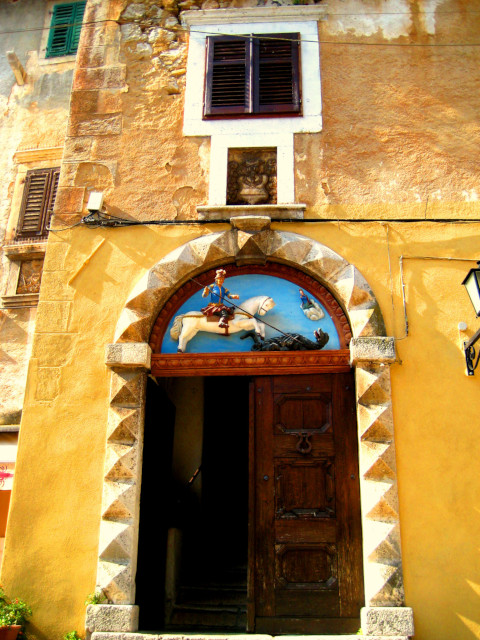
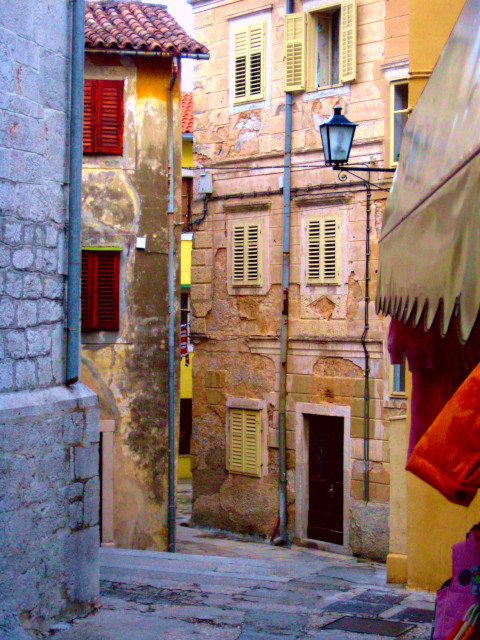
Much of the Old City looks more like Elderly City. Fresh paint and plaster
are the exception. People do live here though; plenty of laundry hangs drying
from balconies, or on lines stretched across the narrow streets.
Church of St George.
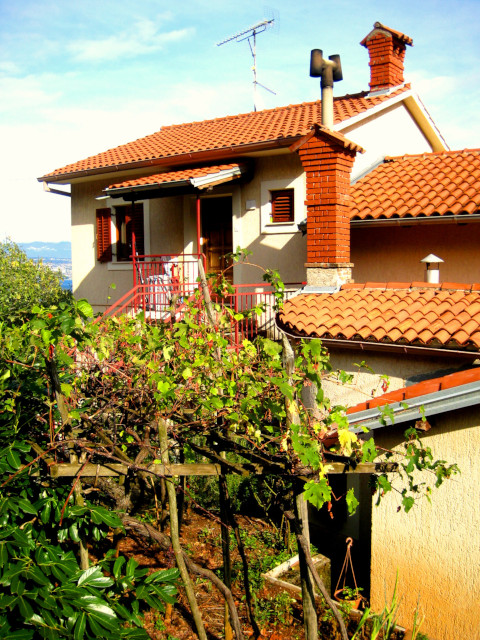
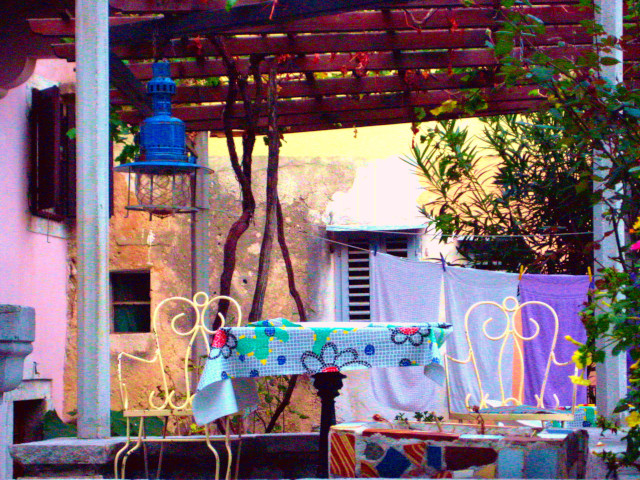
I think this B&B in the "modern" town is the one I stayed at in 2013.
The neighbors' porch in 2008, when I rented a room in a private home.
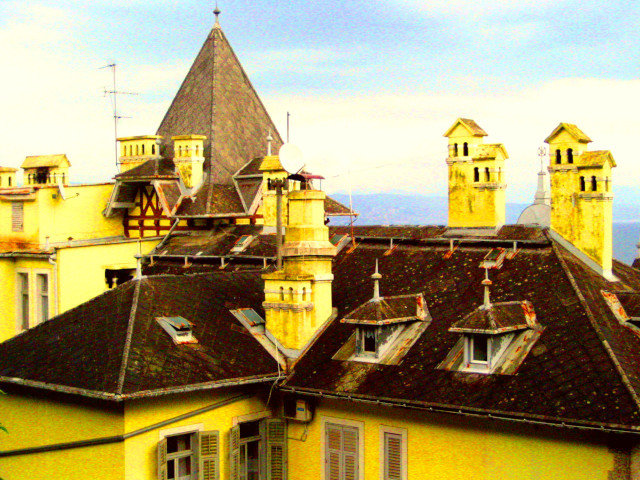
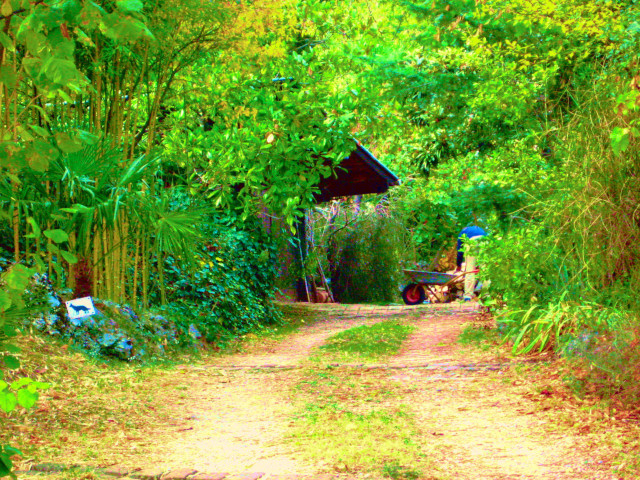
An aristocratic lodging from Austro-Hungarian days. Today it is a
big-ticket hotel.
As the streets climb higher above the gulf, many become narrower, and less
rigorously paved. This one eventually becomes one of the hiking trails on the
mountain above town.
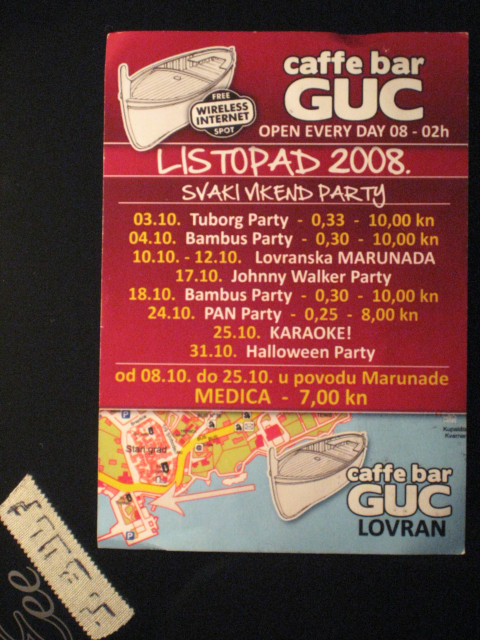
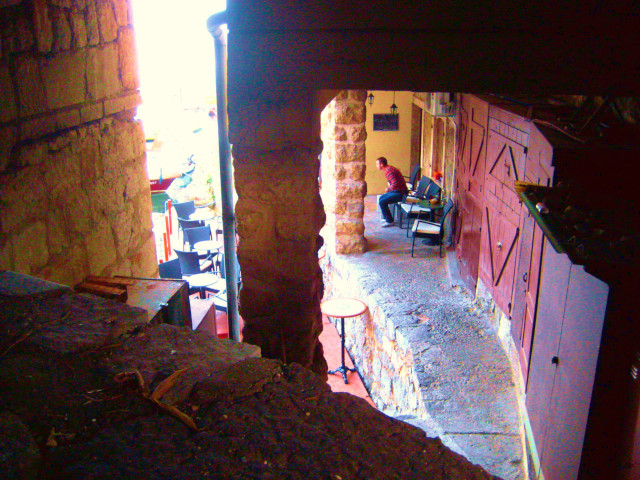
A hole-in-the-wall bar perches on a ledge above Lovran's tiny harbor.
Their flyer is a mish-mash of English and Croatian!
OCTOBER 2008
EVERY WEEKEND PARTY
Some of the "party"s have a theme.
Vikend is the real Croatian word for weekend!
In the Slavic family of languages, some, like Slovak and Slovene,
use the modern Latin-based names for
the months - September, October etc.
Others - e.g. Croatian and Czech - use traditional old Slavic names.
Some of these have obvious meanings; others are just names.
Listopad ("leaf-fall") = October.
Curiously, it means November in Czech!

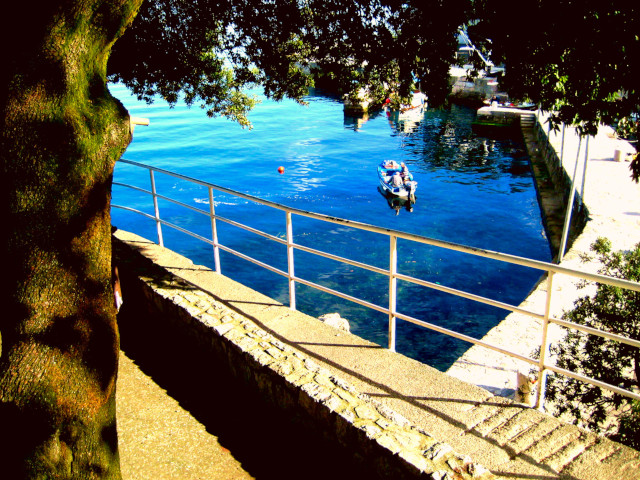

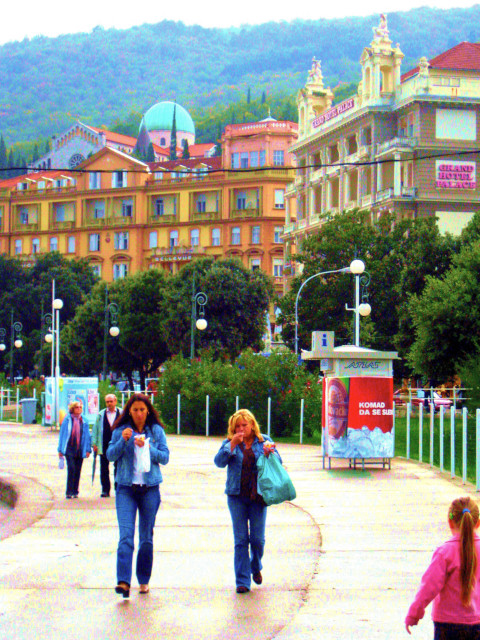
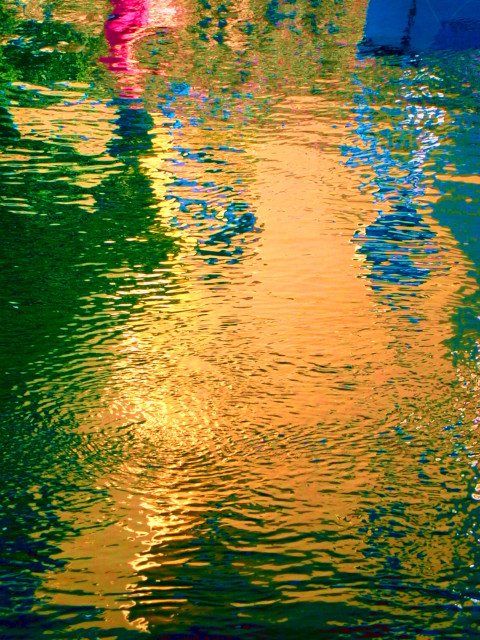
Even on a grey October day, people stroll the seaside promenade in Opatija
town, at the north end of the lungomare.
Late light in Lovran Harbor.

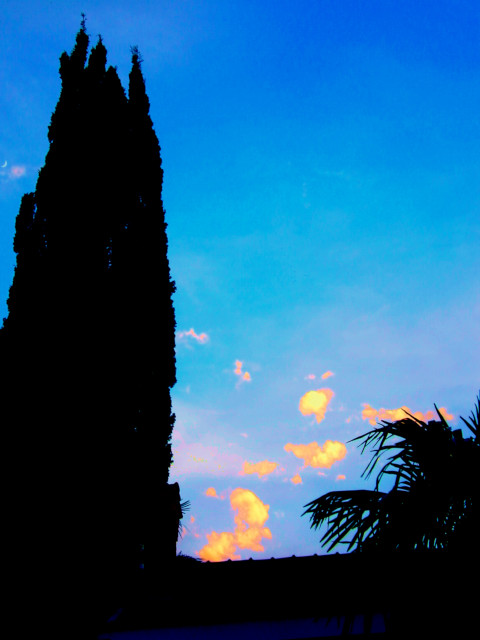
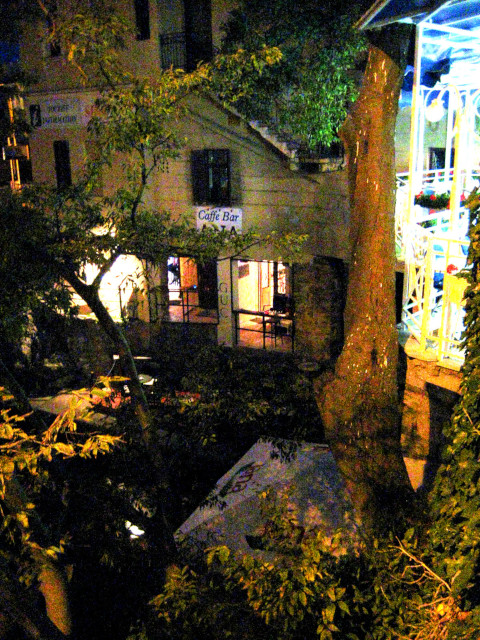
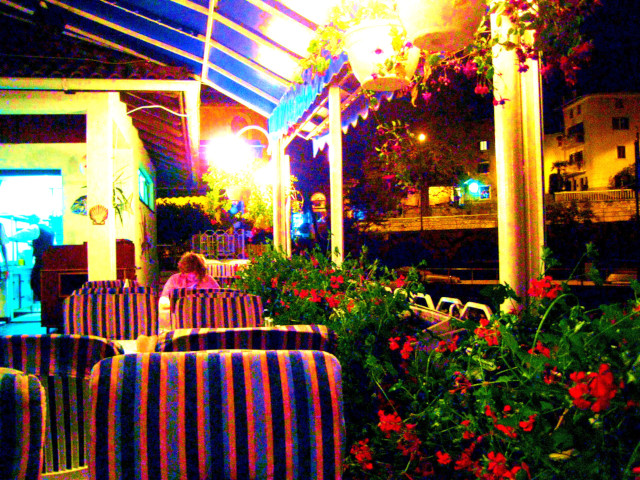
Evening spots perch above the tiny cove of Lovran's picturesque harbor.
















